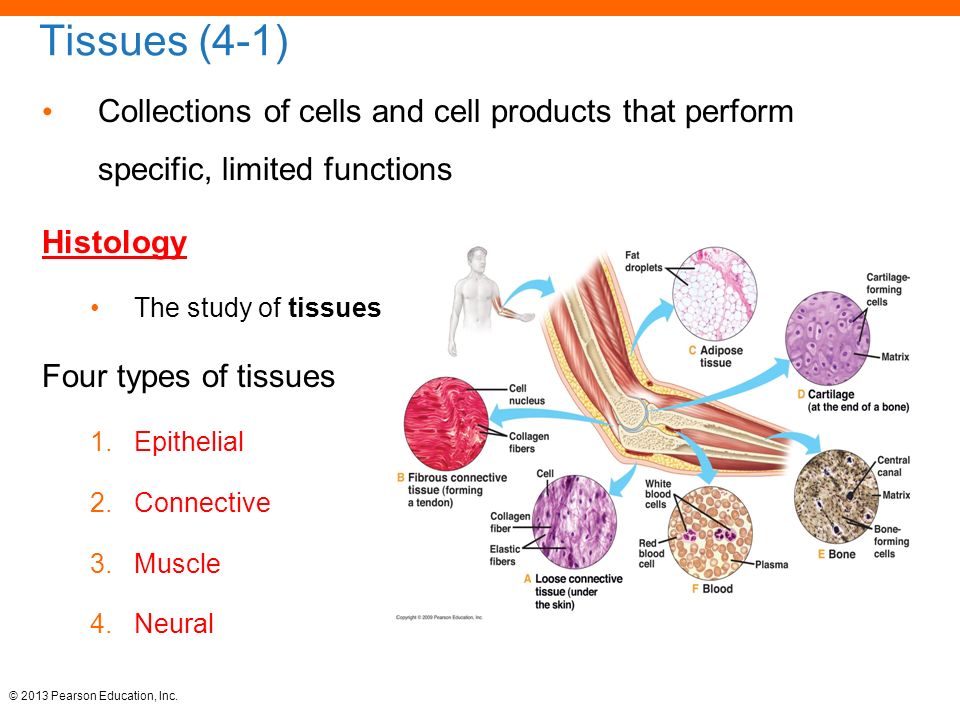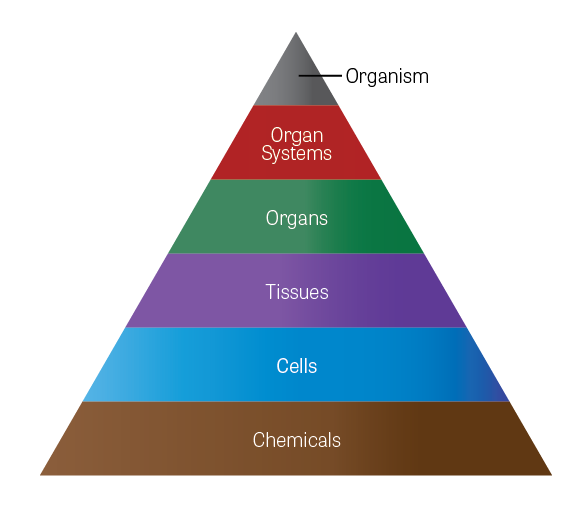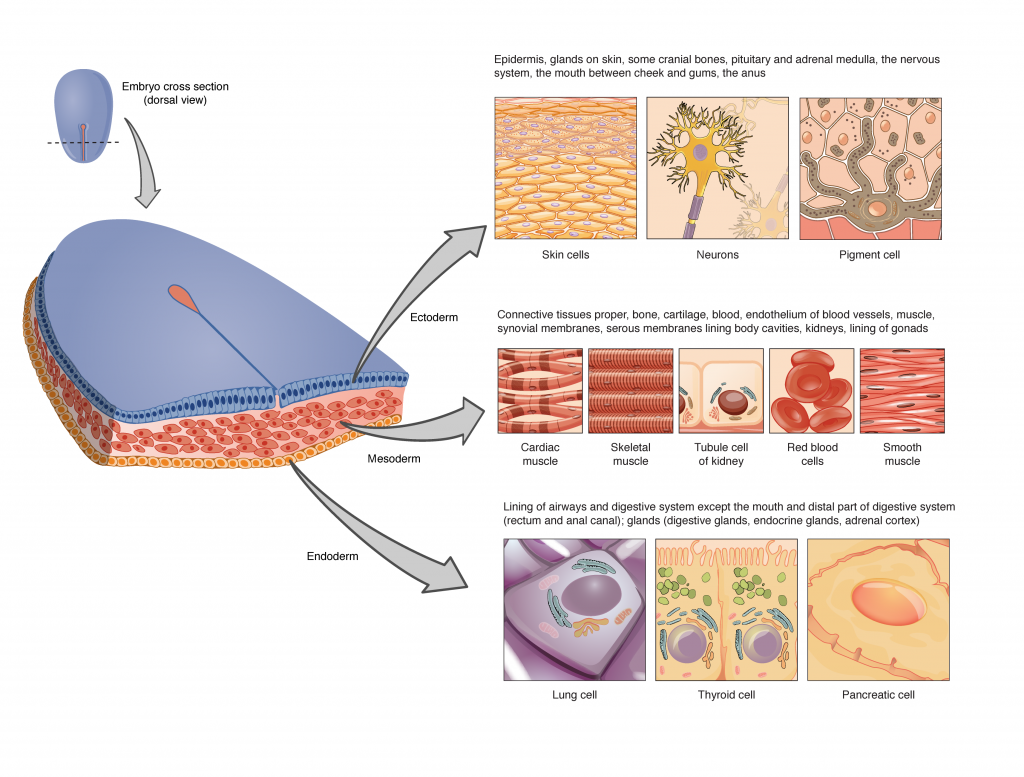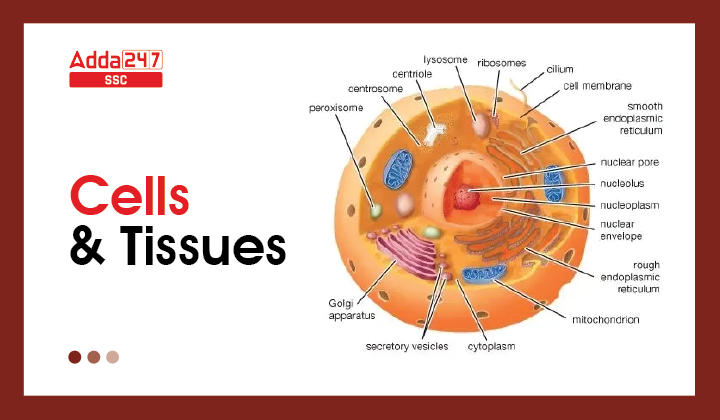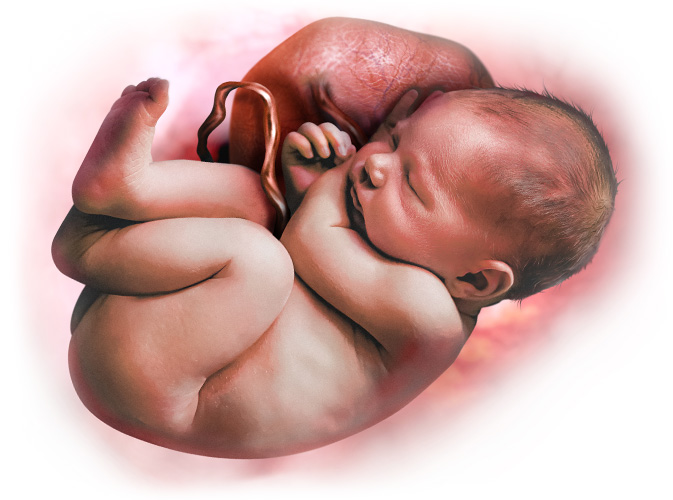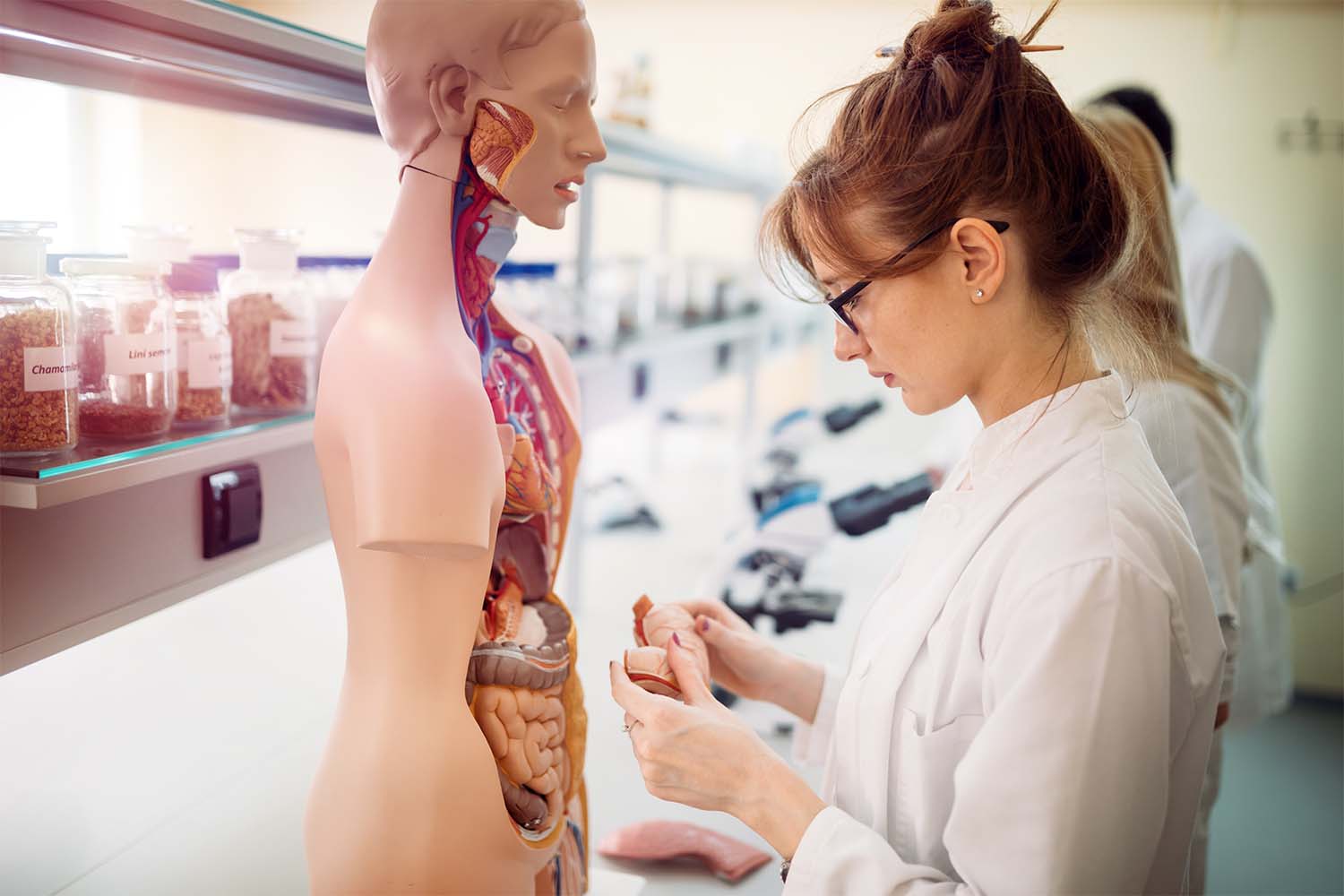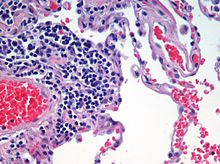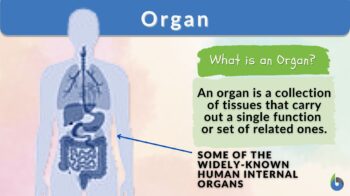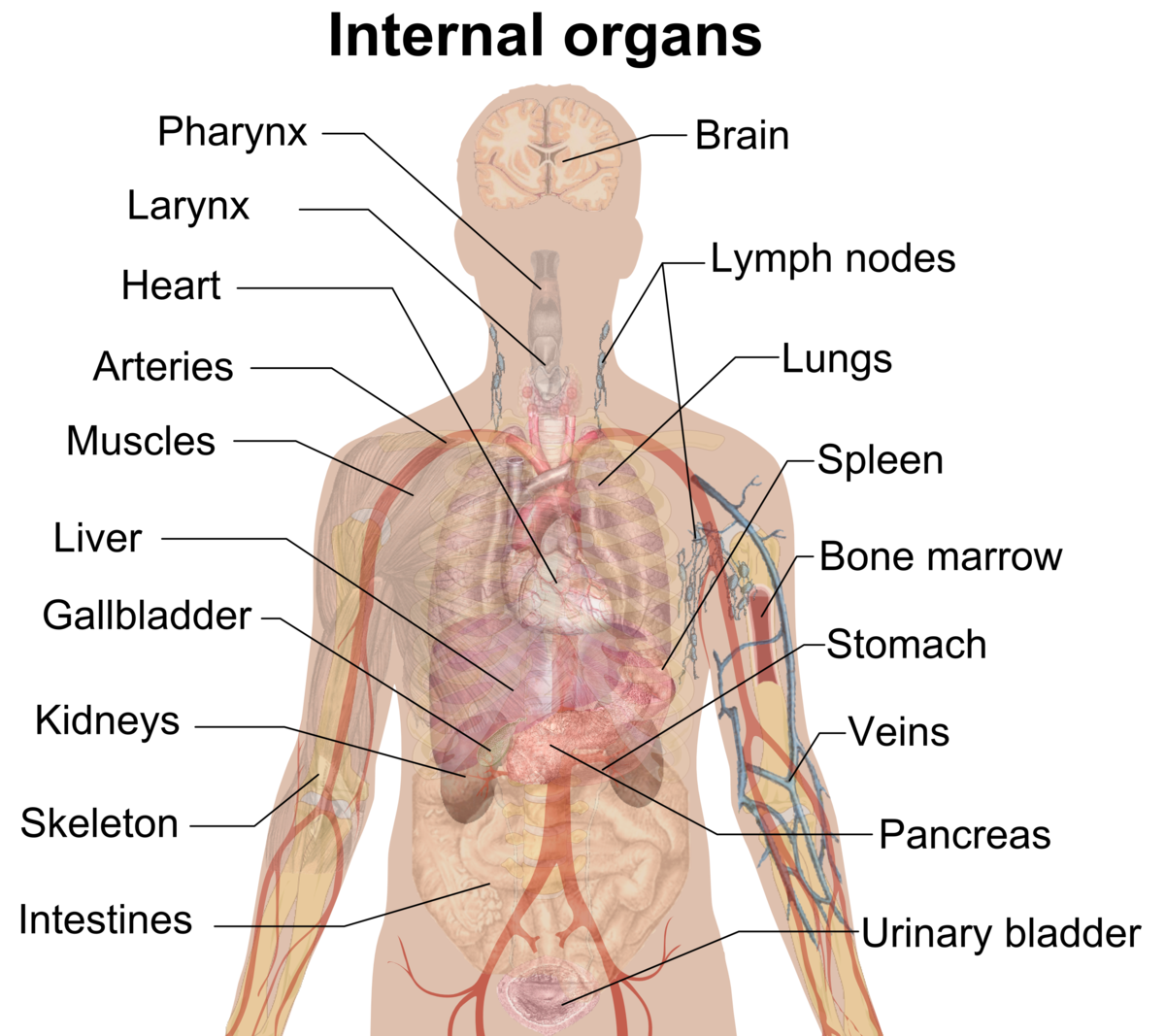Inferior view of rib (Terry Collection 424). Residual (adipocere or... | Download Scientific Diagram

Complete the crossword with the help of clues given below. Across 1. This is necessary for photosynthesis. 3. Term for component present in the cytoplasm. 6. The living substance in the cell.

Tissues, organs, and organ systems. Which of the following are never multicellular? 1.Fungi 2.Animals 3.Plants 4.Bacteria 5.All can be multicellular. - ppt download

Complete the crossword with the help of clues given below. Across 1. This is necessary for photosynthesis. 3. Term for component present in the cytoplasm. 6. The living substance in the cell.

Major biosynthetic routes and cannabinoid metabolites found in Cannabis... | Download Scientific Diagram
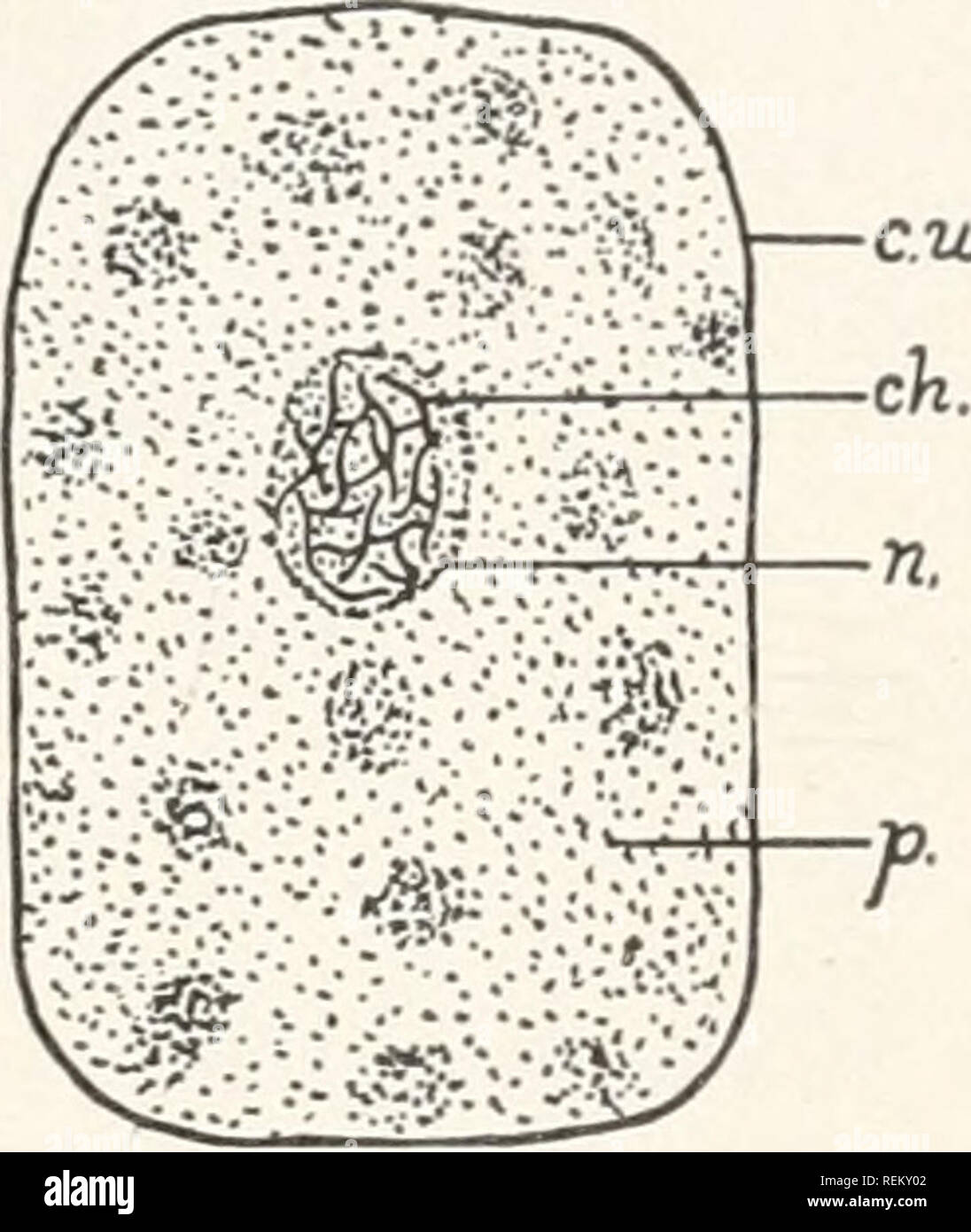
A civic biology : presented in problems. Biology; Sanitation. 50 FUNCTIONS OF LIVING THINGS in size and shape. Such a collection of cells is called a tissue. Examples of tissues are


